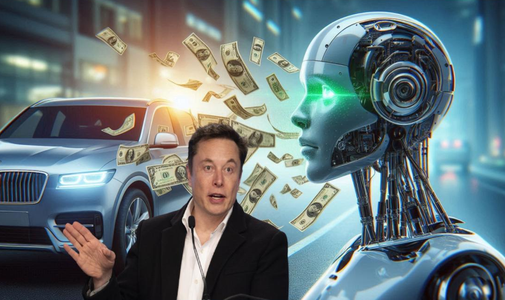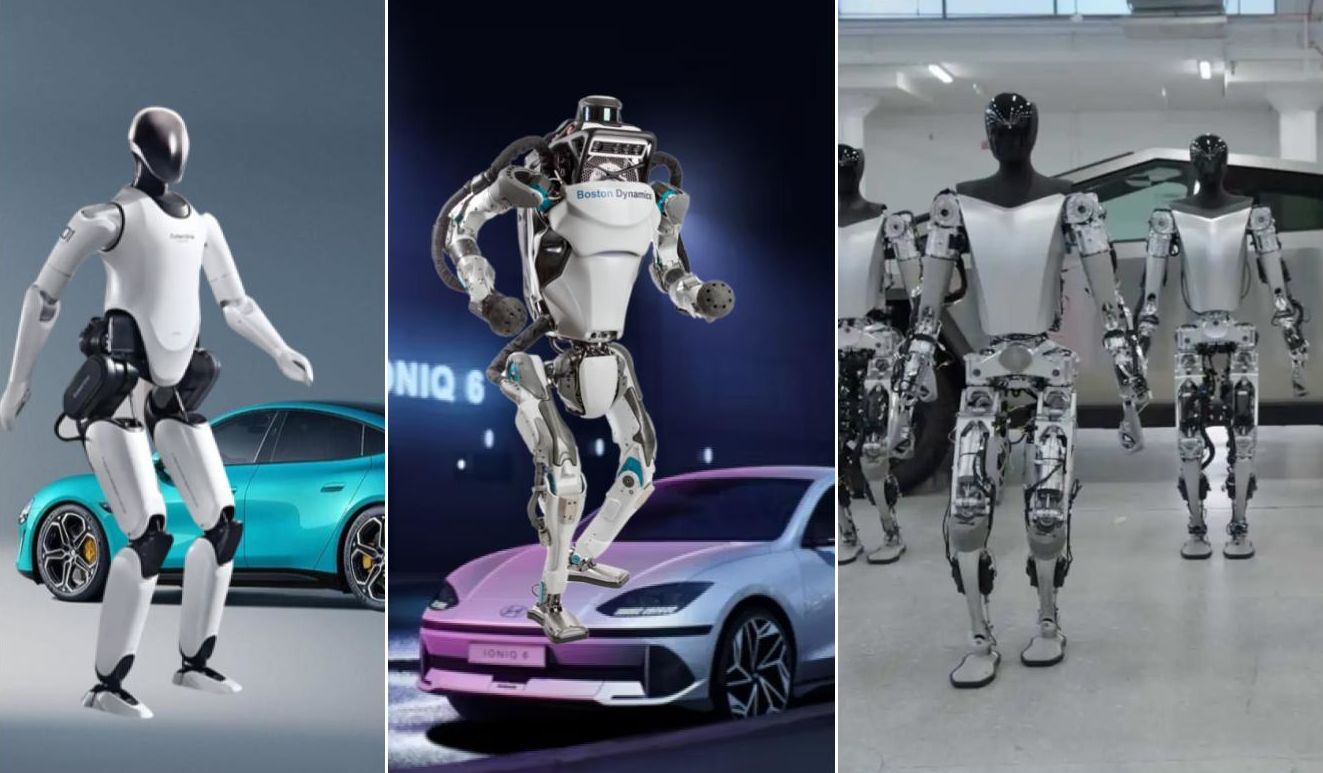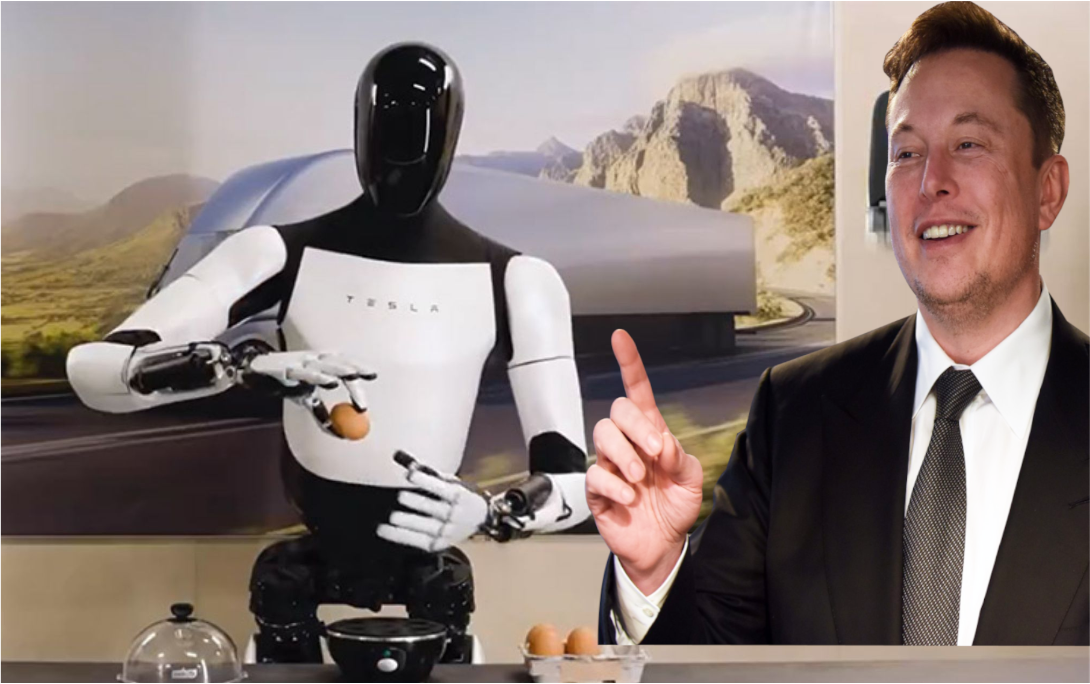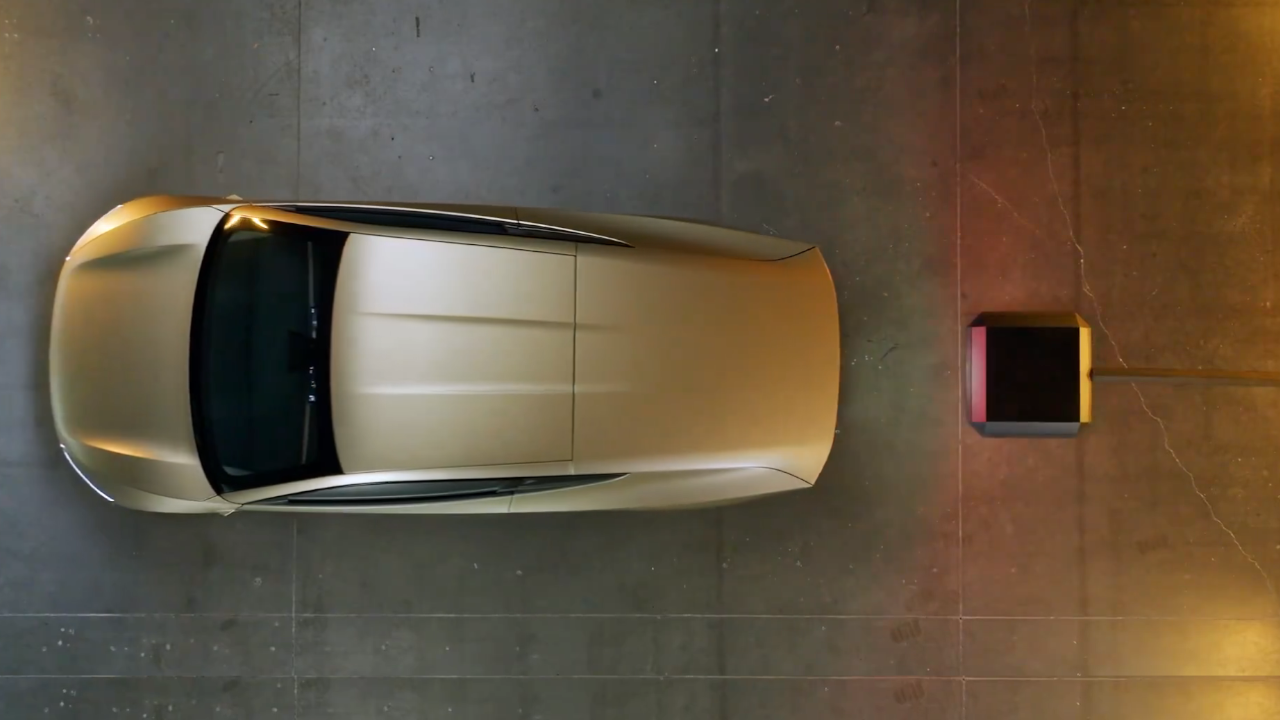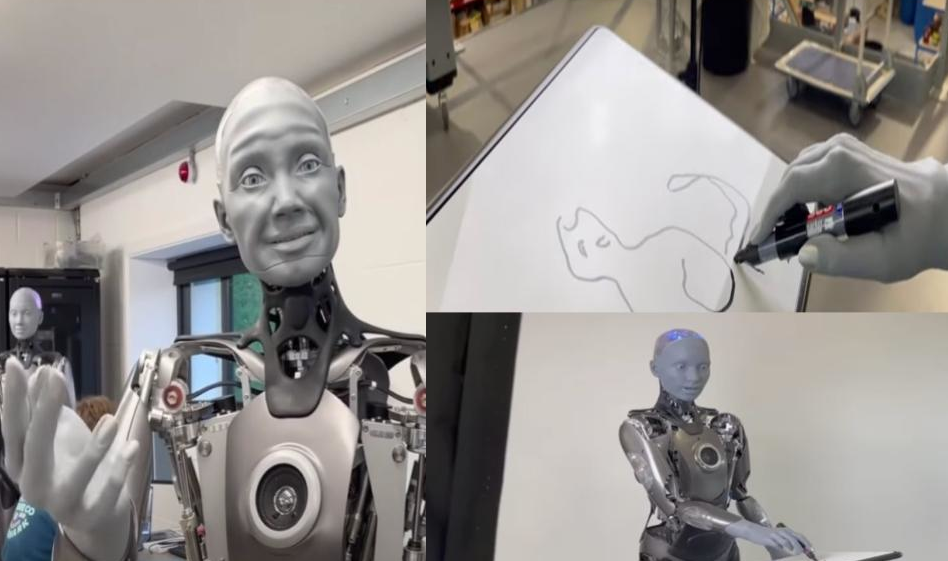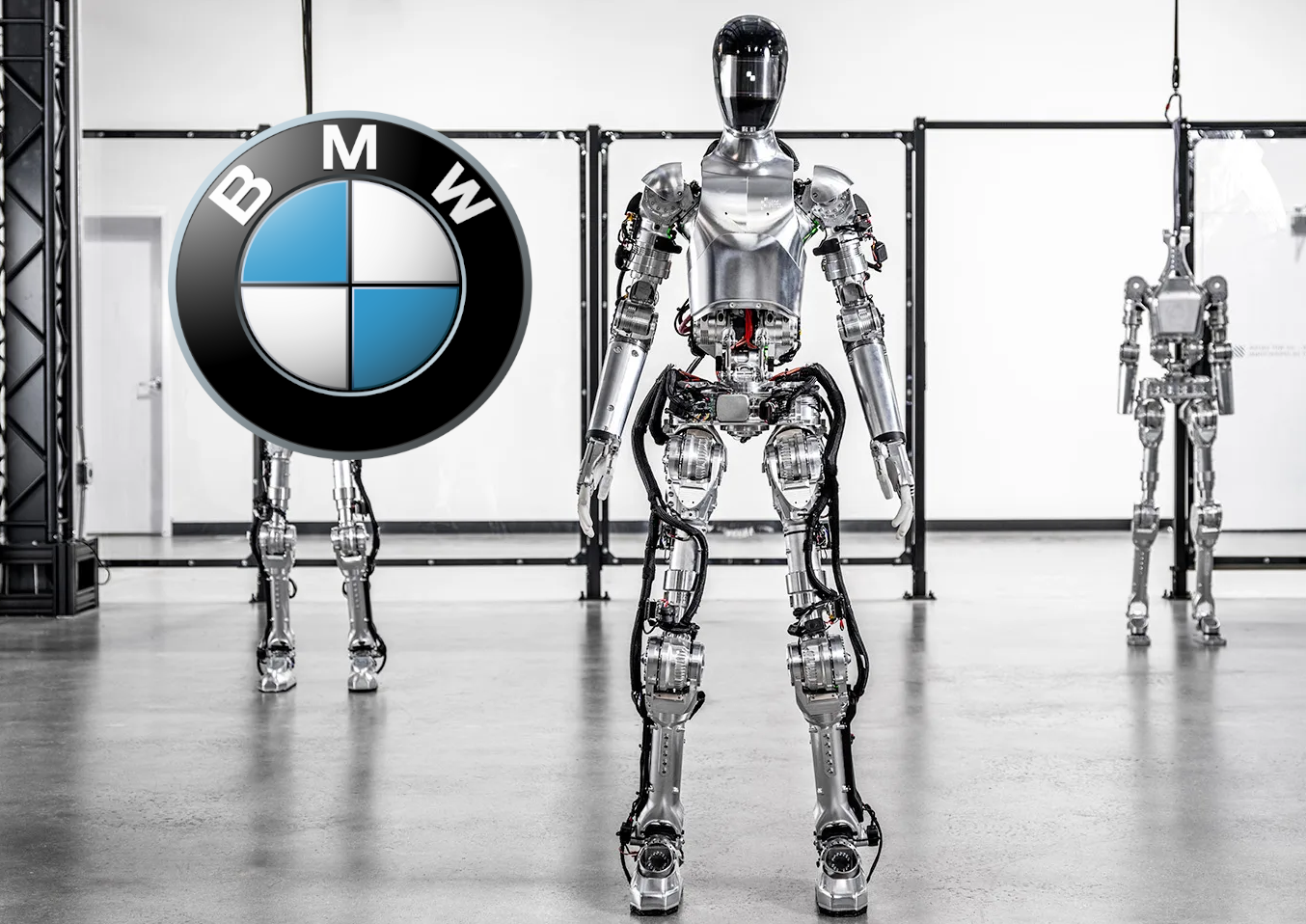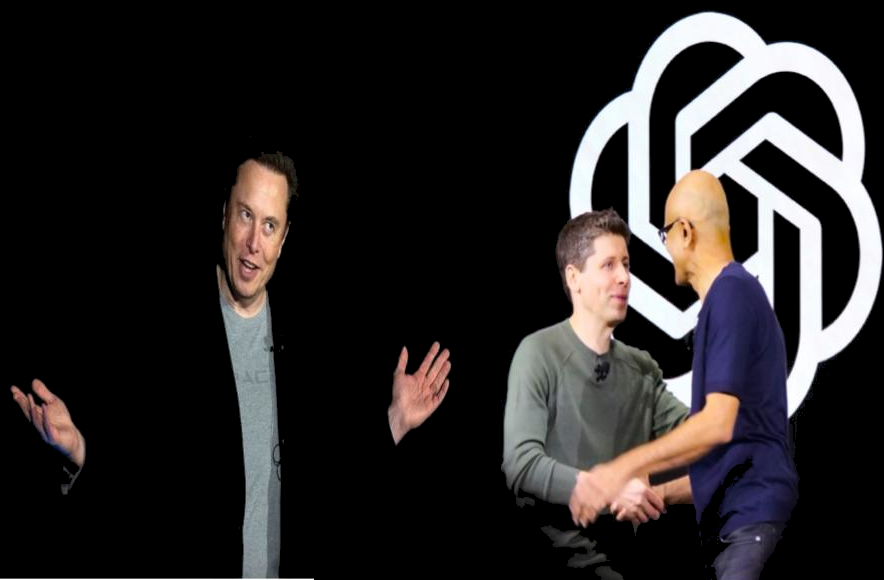Elon Musk has made many statements asserting that the value of Tesla’s Optimus robot will far exceed that of cars. He envisions a future where robots capable of performing human tasks will have immense potential. During Tesla’s 2024 Annual Shareholder Meeting, he went further, stating that humanoid robots could propel the company’s market capitalization to $25 trillion in the future.
Musk believes the humanoid robot market will be so large because the number of robots will likely surpass the number of humans. Individuals could purchase multiple robots for doing different tasks. Furthermore, businesses across various sectors like agriculture, manufacturing, warehousing, and transportation stand to benefit from robot integration.
Here are some reasons that support his view:
- Vast Range of Applications: Unlike cars with a single function, humanoid robots can perform a wide range of tasks. They can entertain and educate children, perform household chores and prepare meals, go shopping, work in factories and warehouses, deliver mail, and handle any routine task that a human can.
- Affordable Mass Production: Tesla’s ability to produce Optimus at an affordable price and in large quantities is another factor that makes Musk believe it can lead the market. Since Tesla is developing most of the robot’s components in-house, it can potentially reduce the price to below $20,000, expanding the customer base.
- Advancements in Artificial Intelligence: The development of artificial intelligence technologies (like ChatGPT, Dalle-3, Gemini) has made the belief in achieving a robot that can efficiently perform routine tasks not far-fetched. The question is no longer if it is possible, but rather when it will happen.
- Industry-Wide Investment: Elon Musk is not the only one who sees the enormous opportunities for humanoid robots. Many tech giants are investing in robotic startups, including Amazon founder Jeff Bezos, Microsoft, and OpenAI. Chinese companies are also heavily investing in these robots, and Kepler is about to launch its competitor to Tesla’s Optimus.
Despite the promise they hold, developing humanoid robots remains a complex endeavor due to ongoing challenges in design and functionality. For instance, their motor skills are still limited, and maintaining balance is an ongoing hurdle for engineers. Additionally, their ability to make sound decisions and execute commands in dynamic and complex environments remains underdeveloped.
Overcoming these challenges will require breakthroughs in design, intelligent algorithms that control the robots, and AI systems that can understand and execute instructions. However, fortunately, we can start with humanoid robots that perform specific tasks in controlled environments and gradually enhance their capabilities as they become more widespread. In line with this approach, Musk plans to release the first batch of Optimuses in late 2025.
